The Norgren D1024C-X1 is a pneumatic valve typically used for controlling the flow of air in fluid control and automation systems. Norgren is a leading manufacturer of pneumatic components, and their valves are designed to provide precision control in various industrial and manufacturing applications.
Overview of Norgren D1024C-X1 Valve:
The D1024C-X1 is part of Norgren’s range of directional control valves. These valves are typically used to regulate the direction of airflow within a pneumatic system, allowing for the control of cylinders, actuators, and other components within industrial machinery.
Key Features:
Type: Likely a solenoid valve or a directional control valve, which would be used for directing compressed air to various parts of a system in a specific sequence.
Size: The “1024” part of the number could suggest the size or model number in the product series. This often refers to port sizes or flow capacity, though the exact specification should be checked against the datasheet for exact dimensions and flow ratings.
Configuration: The C and X1 may refer to specific configuration features. The C could indicate a certain mounting style or the material used in the valve, and the X1 may denote options such as electrical connections (e.g., coil voltage), pressure ratings, or specific actuator types.
Operating Mechanism: The valve could be electrically actuated, meaning it uses a solenoid to open or close the valve based on electrical signals, though it may also be a manual or pneumatic-operated valve depending on the specific design.
Common Applications for the D1024C-X1:
Automation Systems: Used in pneumatic circuits where precision control over the direction of airflow is required, such as robotic arms or automated assembly lines.
Material Handling: Common in systems where pneumatic cylinders are used to move materials or equipment.
Packaging: Often found in packaging machinery, controlling the movement of actuators to position materials, containers, or packaging components.
Industrial Manufacturing: Used in various machines that require regulated pneumatic airflow to drive actuators, control pressurized systems, or control air tools.
Benefits:
Precision Control: Helps to precisely manage the movement of machinery and equipment in automated or manual systems.
Efficiency: Designed to optimize the use of compressed air, reducing energy consumption in pneumatic systems.
Reliability: Known for their durability and long life, even in harsh industrial environments.
Flexibility: Can be adapted to a variety of applications depending on system requirements, such as actuator type, mounting style, and pressure ratings.

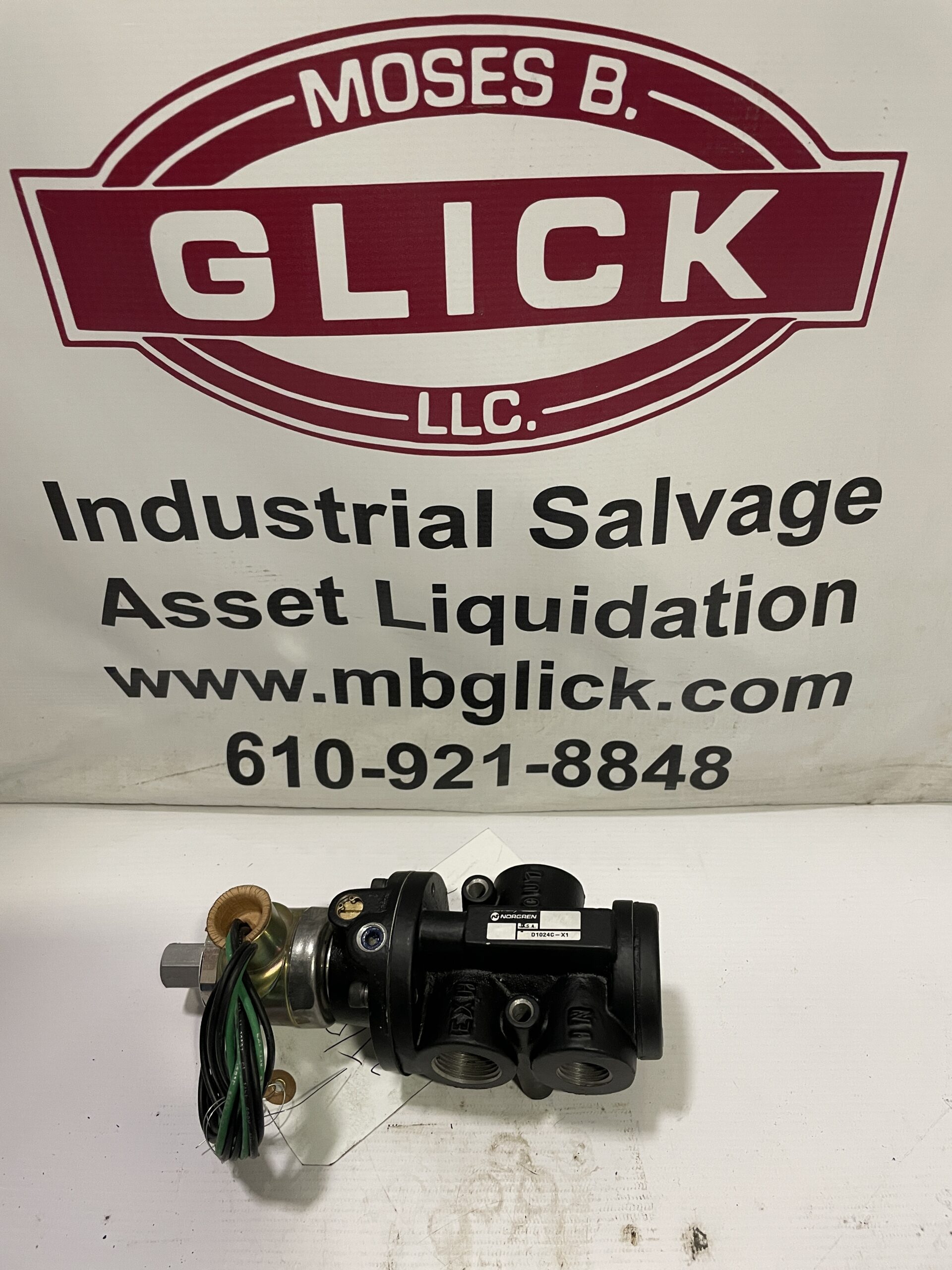


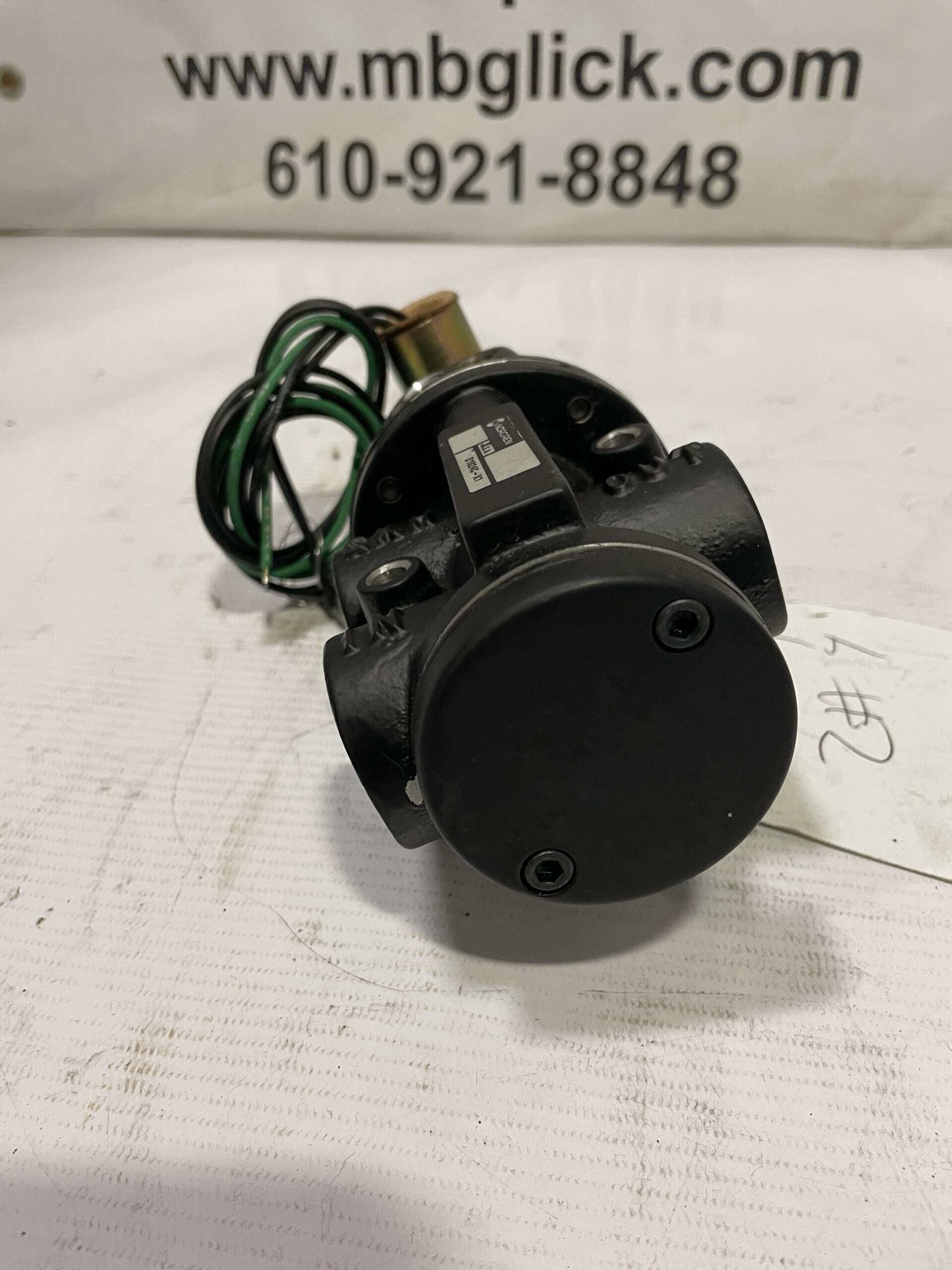
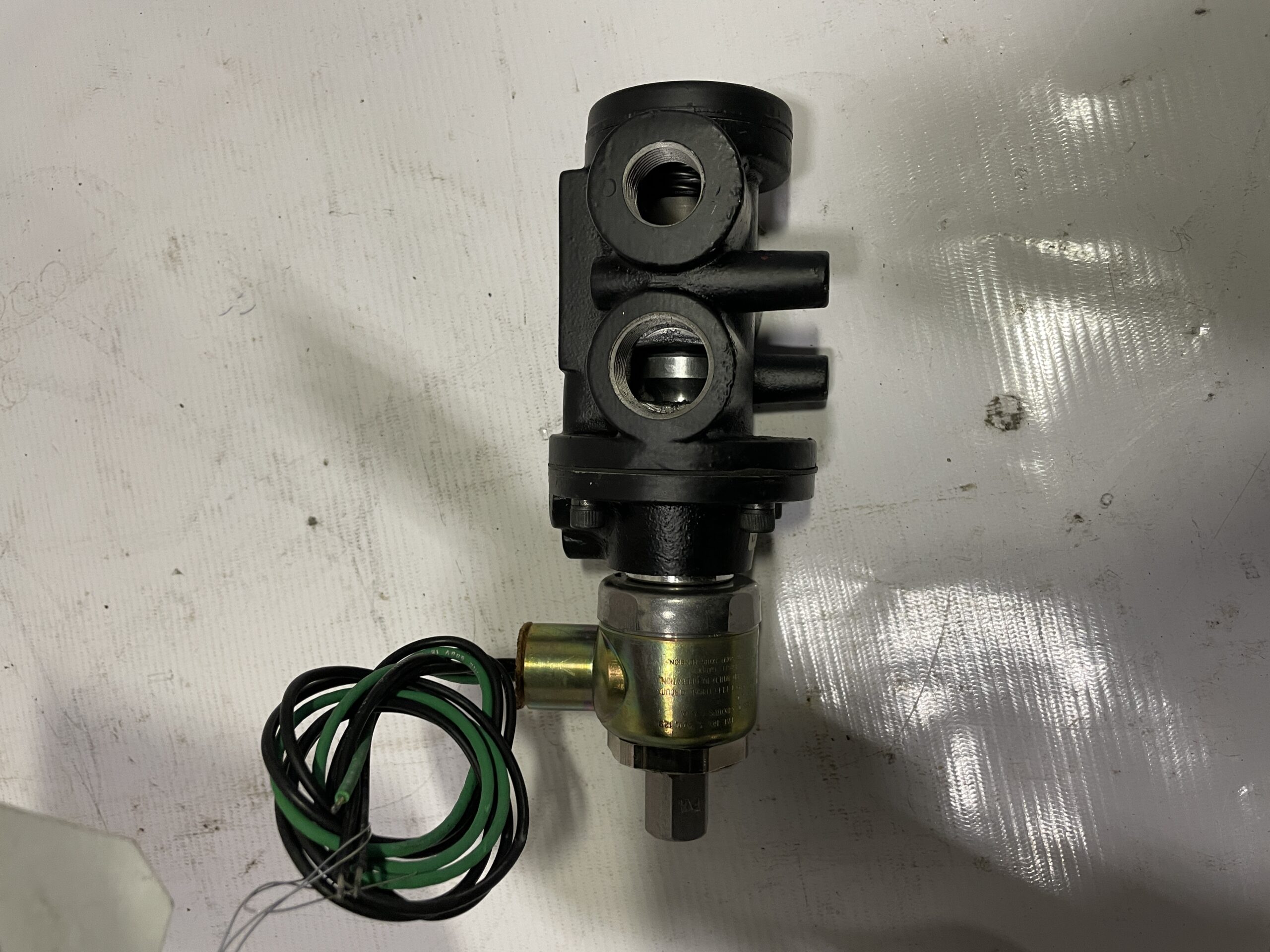

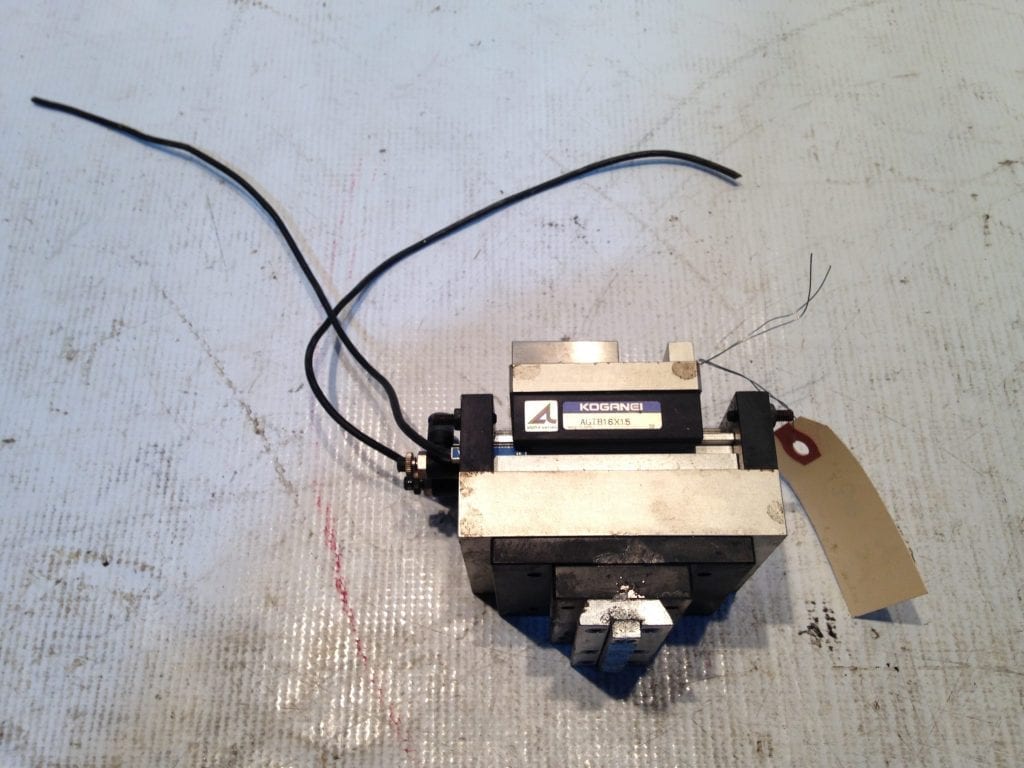

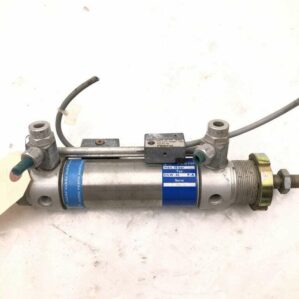
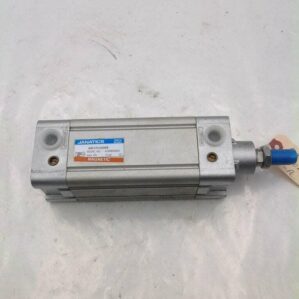
Reviews
There are no reviews yet.